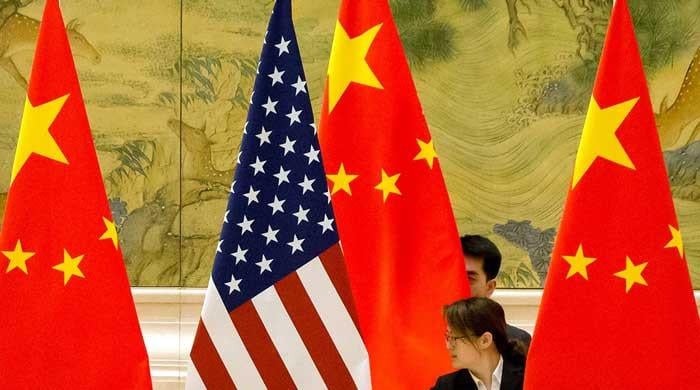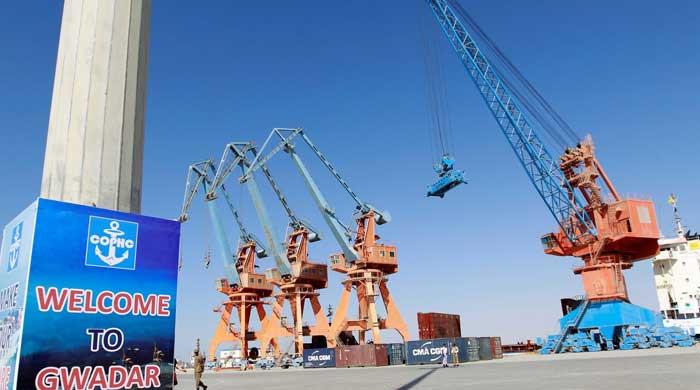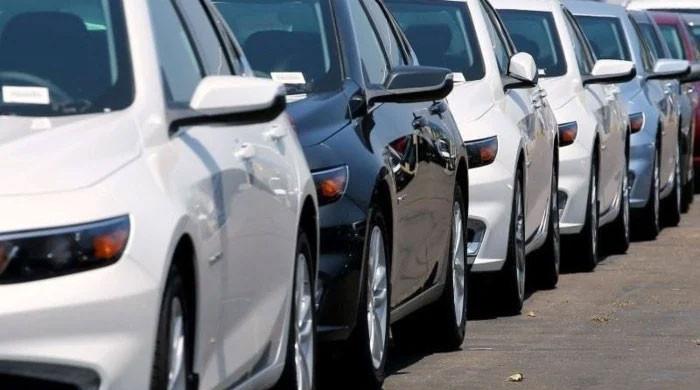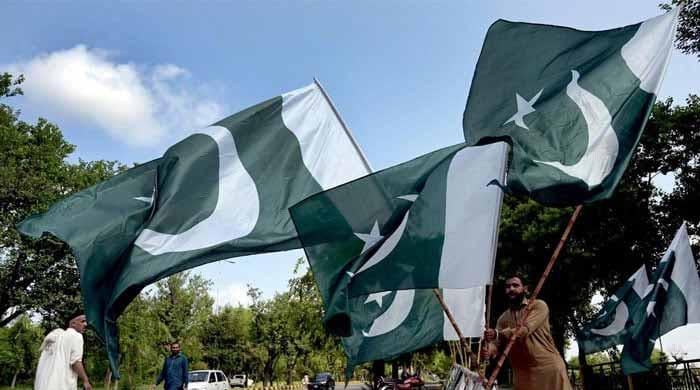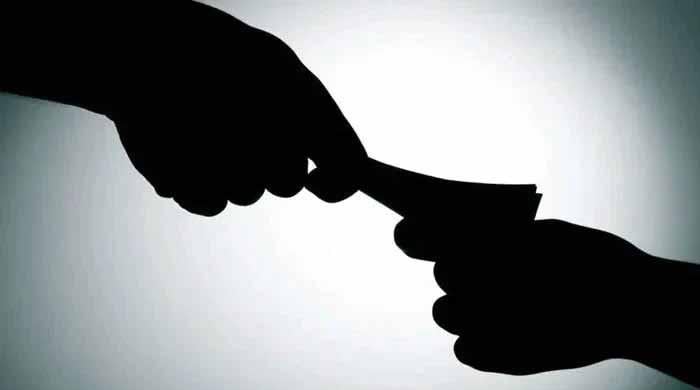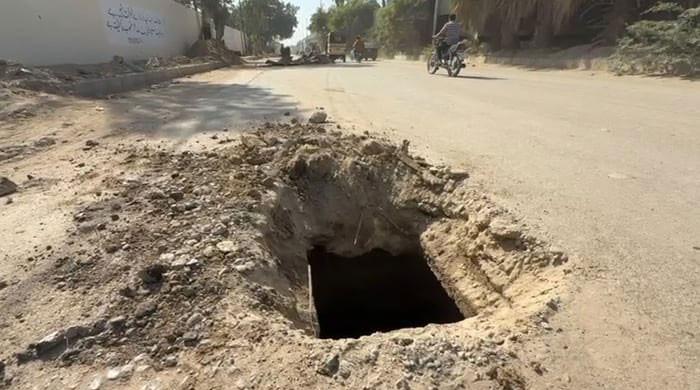US aid and USAID
USAID has remained US government's key agency responsible for delivery of development aid and humanitarian assistance to developing countries
February 12, 2025
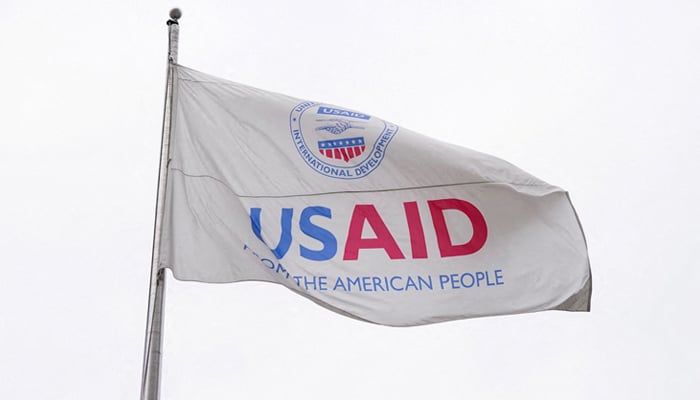
“Our adversaries are intensifying their efforts in the entire under-developed world. Those who oppose their advance look to us and I believe, at this dangerous moment, we must respond”.
These words were uttered by John F Kennedy upon the signing of the Foreign Assistance Act of 1961 and the creation of the United States Agency for International Development (USAID), which played an instrumental role in the institutionalisation of US foreign aid.
Since then, USAID has remained the US government key agency responsible for the delivery of development aid and humanitarian assistance to developing countries all over the world as it has provided and managed projects worth hundreds of billions of dollars in various sectors.
USAID is an independent federal government agency that receives overall foreign policy guidance from the US Secretary of State. But with the arrival of the whimsical and unpredictable Trump, unnerving both friends and foes abroad, the fate of US aid as well as that of USAID is also unsure.
Let me clarify what development aid is and why wealthy countries provide aid. The most comprehensive definition of foreign assistance is that of the Development Assistance Committee (DAC) of the Organisation for Economic Cooperation and Development (OECD).
It asserts that aid includes grants or loans to developing countries which: (i) are undertaken by the official sector of the donor country; (ii) aim at the promotion of economic development and welfare in the recipient country as the main objective; and (iii) are at concessional financial terms having a grant element of at least 25%.
Whether foreign aid is disbursed in the form of project, programme or budgetary support, the avowed intentions are to help fulfil the needs of recipient countries or governments and enhance their capacity in the provision of basic necessities to their citizens.
For example, aid may be used to improve social infrastructure such as health and education sectors or physical infrastructure like roads, dams, bridges and telecommunication.
That may be so, but there is also ample evidence that the practice of aid-giving is inherently a political process driven by foreign policy pursuits either alongside or without developmental objectives.
The very creation of USAID was not primarily inspired by philanthropic and humanitarian ideals. The element of self-interest has remained a key essence of foreign aid of almost all bilateral aid donors.
During the Cold War period, the US and other bilateral donors utilised foreign aid to make alliances with friendly countries, such as Pakistan, Egypt, Turkey, Indonesia and numerous other governments in different parts of the world that could work as a stalwart opponent of communism.
The same policy and practice continued more recently in the ‘war against global terrorism’. Valentine predicted more than 75 years ago that aid “shall be part of American foreign policy – a policy which is and must be primarily political”.
What Valentine said decades back, former USAID administrator Natsios reiterated in the 21st century by stating that the history of foreign aid clearly illustrates that “politics is part and parcel of aid delivery in all donor countries, in Europe as well as in America”.
Hence, USAID and similar specialised agencies established by other Western countries mostly work in liaison or directly under the foreign ministry to further the multifaceted foreign policy goals of these donor countries.
In the Trump 2.0 era, one wonders what the new US administration wants to achieve while restructuring or merging USAID with the US State Department as US aid has always remained a veritable arm of US foreign policy.
The history of US aid to Pakistan and many other developing countries is a solid testimony that promoting democracy and linking the provision of aid to respect for human rights is only eyewash. The US has always provided more aid to military regimes when it served their interests.
At the same time, irrespective of the fact — and despite the existence of irrefutable empirical evidence that foreign aid is a foreign policy tool of developed countries — there are numerous studies which demonstrate that aid has helped in poverty alleviation depending on various factors in different contexts.
The widely cited study of Burnside and Dollar, titled ‘Aid, policies, and growth’, has examined correlations between aid, good policies, and economic growth in 56 aid-receiving countries between 1970 and 1993. They found that “the impact of aid is greater in a good policy environment than in a poor policy environment”.
These findings led to various models seeking a more suitable, selective, or prescriptive approach to aid allocation to maximise development impact.
It argues that the impact of foreign aid to reduce poverty could be doubled if aid is allocated to countries and territories that have undertaken or are willing to carry out policy reforms.
Since then, employing a variety of theoretical and methodological frameworks, numerous studies and reports have examined factors that result in making aid effective or ineffective.
According to Professor Riddel, between 1994 and 2005, no fewer than 300 studies assessed the impact of aid interventions at the country level. These studies focused on different sectors, countries and regions during different periods.
One key piece of evidence is that the impact of aid on growth and poverty alleviation is contingent on the policies and institutions of aid-receiving governments.
The main message is that, although aid has worked in most countries, it has worked better in countries with better policy regimes.
Riddel argues that foreign assistance has been markedly more effective in countries characterised by good governance where there is democratic and accountable government “where the rule of law is respected…and where strong regulatory agencies are able effectively to address the market abuses of the rich and powerful”.
While this is the case, the irony is that most donors have not always prioritised or incentivised governments for their good policies but rather continued to provide more aid to regimes of their blue-eyed and corrupt rulers.
Let’s see how the Trump administration reorganises its foreign aid priorities in pursuit of its Make America Great Again (MAGA) mission.
The writer teaches at the University of Malakand. He can be reached at:[email protected]
Disclaimer: The viewpoints expressed in this piece are the writer's own and don't necessarily reflect Geo.tv's editorial policy.
Originally published in The News




